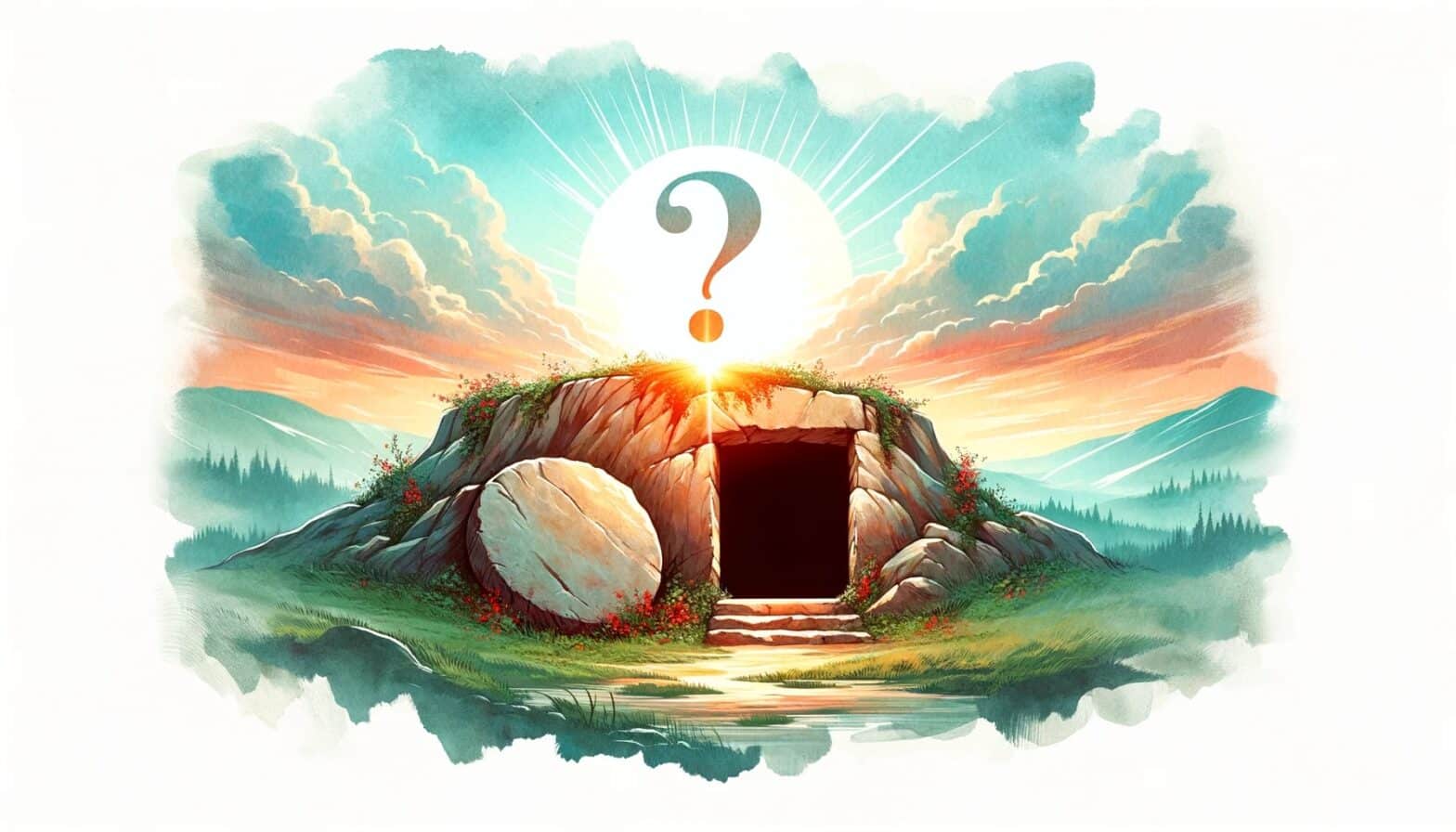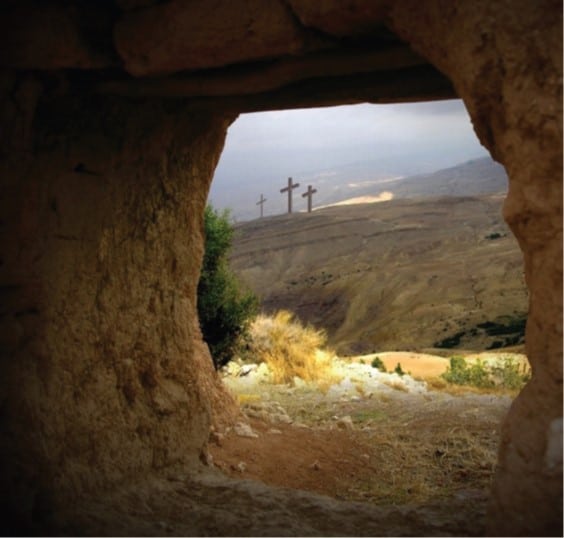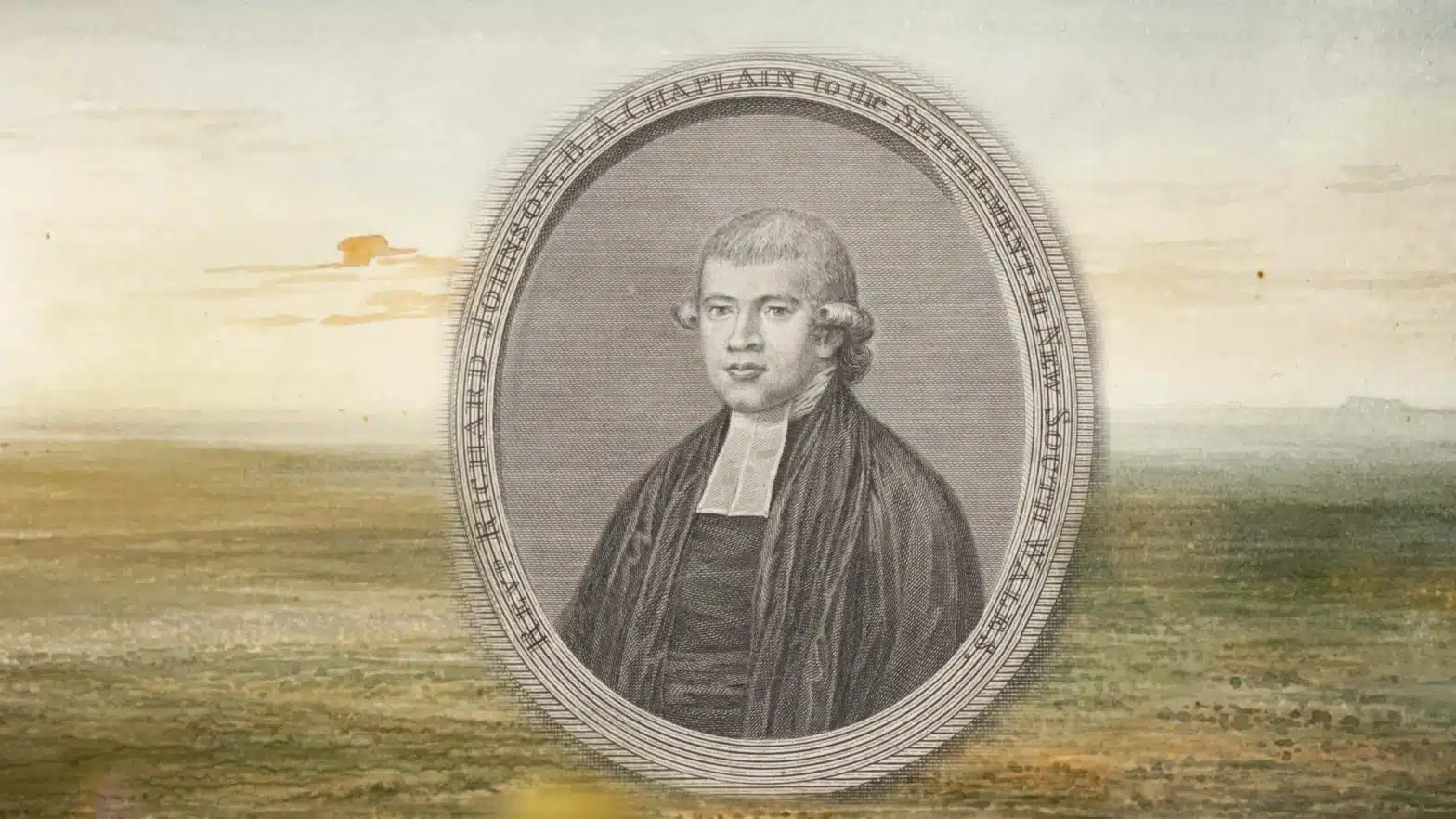An article by R Totten
Frank Morison was not a man you would find in church on Sunday. Philosophically, he was a skeptic.
A skeptic doubts that there is any good evidence for believing in something and Morison felt this way, especially toward Christianity. He didn’t believe it.
He was a well-educated man, a lawyer by profession. Morison had been greatly influenced by German skeptics, and by Oxford professor Matthew Arnold, and by Dr. Thomas Huxley all of whom openly denied the Bible was true or even that miracles were possible.
So, Morison set out to disprove the historic Christian belief that Jesus was raised from the dead, and he started to write a book about this.
But things didn’t turn out like he’d planned. He wrote in the book’s introduction about what a struggle it was for him to write, with the result that he ultimately changed his opinion.
Now, in comparing various religions, it is significant that (except for Jesus Christ) the founders of all the major world-religions are dead and buried.
Sidhartha Gautama (Buddha) died in 483 BC in Kapilvastu, India; and Mohammed (Ubu’l-Kassim) died in 632 AD in Medina, in the arms of his favourite wife Aisha. They remain dead today.
The list could go on, except when we come to Jesus of Nazareth, for whom there is a credible body of evidence which demonstrates that he resurrected from the dead, according to the prophetic predictions from his own mouth and from the Old Testament Scriptures.
Christ’s resurrection is a matter of historical record. And if that event cannot be sustained by historical data, then it should not be believed.
The validity of Christianity rests on its historical credentials, and not merely on blind faith.
Faith is not destroyed by having a good historical ground of evidence, rather, faith is destroyed by NOT having such a basis. Christianity is nothing without historical facts. Let’s look at the evidence for the resurrection.
1. The Certainty of Christ’s Death.
Now, if Jesus did NOT actually die on the cross before the time where people saw him raised, then there was no resurrection of Christ at that time because he hadn’t yet died. So, what’s the evidence for his death on the cross?
A. Professional Investigation.
Read John19:31-33 – These Roman soldiers were expert executioners who knew what death looked like. For them to let a criminal get through alive, would result in the executioner’s death for dereliction of duty. But they had insurance: John19:34 says that “one of the soldiers pierced Jesus’ side with a spear, bringing a sudden flow of blood and water.”
This piercing alone would have killed him. Physiologists explain the significance here of “blood and water” coming out: This results from the congealed red blood corpuscles separating from the watery serum.
Dr. Truman Davis, MD, explains that there was “an escape of watery fluid from the sac surrounding the heart. We, therefore, have rather conclusive post-mortem evidence that [Christ] died, not the usual crucifixion death by suffocation, but of heart failure due to shock and constriction of the heart by fluid in the pericardium” (C.Truman Davis, “The Crucifixion of Jesus,” Arizona Medicine, March ’65).
The separated blood is undeniable evidence that death had already occurred at an earlier point in time, so the soldiers had confirmed that they were safe in declaring him dead. And John saw these events himself: Read Jn.19:35-37.
B. Other Close Eyewitnesses.
Consider what happened when others prepared the body for burial: Read John 19:38-40 – These were friends of Jesus. If there had been any sign of life, they would have made every effort to resuscitate him on the spot. But instead, they embalmed him, by putting 90 pounds of spices on the body, along with grave linens which were sewn together around it. Then his body was placed on a cold slab of stone in the tomb, which would kill anybody in severe shock from such physical trauma. He was dead. There can be no reasonable doubt.
2. Placed in a Tomb.
So, the body prepared for burial was taken to a tomb: Read Matthew 27:57-60. But this wasn’t good enough for the Jewish priests and Pharisees: Read Matthew 27:62-66. Therefore, the tomb was sealed with a “Roman seal,” (v.66) which could only be placed on the stone door in the presence of the Roman guards as eyewitnesses.
Such a seal consisted of a heavy cord passing across the stone at its widest part, and fastened at each end with sealing clay pressed into deep holes in the rock wall on either side —-and the two clay packs were stamped with the official signet of the Roman governor.
Anyone who dared to break that Roman seal would incur the wrath of the Roman government …capital punishment.
(Ref.: A Ready Defense, ’90, Josh McDowell, p.230)
The armed Roman guard unit was also there to ensure the security of the situation (because Jesus had predicted his resurrection). Such a guard unit consisted of about 12 (or up to 16) men who worked in squads of four, in rotating shifts that were four hours long.
If such an individual were to fall asleep while on duty, he would be executed. Such soldiers were the state-of-the-art fighting machine of that time, built into units that were trained to be able to defend their ground against an entire battalion of soldiers from any other army in the world.
3. The Fact of the Empty Tomb.
So, the body of Jesus was in the tomb on Friday, Saturday, and some of Sunday. Three days. But for the priests and Pharisees, something very disturbing happened: The tomb was empty on Sunday morning. The Roman seal was broken. They probably would have kept the seal and guards there for four or five days… BUT, “early on the first day of the week, [Sunday) the stone had been removed from the entrance” (John 20:1).
Now, these circular door-stones for covering such tomb doors were rolled on edge down an incline, and they would drop into place in front of the tomb door. It was not uncommon for such a stone to weigh one and a half to two tons.
So, “Who moved the stone?” Mary sure didn’t know: Read John.20:2 – She thought he was still dead; So did the men: Read verse 3 Why did they run so hard to the tomb? Because they thought maybe the body was stolen …they didn’t know by whom.
Who moved the Stone? That’s the question, and it’s also the name of Frank Morison’s book. Who moved it? Not the guards, for fear of the death penalty. The disciples? They were all scared to the core and each of them KNEW Jesus was dead anyway. They didn’t believe he would be raised from the dead, so, why would they risk their lives for a dead body?
Who moved the stone? Here’s the answer: Matthew 28:2-4 says, “There was a violent earthquake, for an angel of the Lord came down from heaven and going to the tomb, rolled back the stone and sat on it.
The guards were so afraid of him that they shook and became like dead men.”
So, where did the body go? If enemies of Jesus took the body, what could their motive have been? They knew Jesus had predicted his own resurrection in three days, so it would have been stupid to fulfill that prophecy for him. And if Jesus’ enemies did take the body, then why did they remain silent when the disciples’ started preaching about the resurrection of Jesus?
The Jewish and Roman authorities merely would have had to produce the body to destroy the story of Christ’s resurrection, but they had no body. And if Jesus’ friends took the body, how did they get by professional guards who had deadly force and superior numbers?
And it is not at all believable that all of these former disciples of Jesus would then die for the cause of Christ if it were all a lie if they were preaching about a man whom they knew to actually be dead. There’s only one intelligent option: Jesus rose from the dead by supernatural power. And he’s alive today!
4. The Appearances of Jesus.
After Jesus’ resurrection, he appeared first to Mary Magdalene outside the empty tomb, as John.20:1 tells us. Then in Mt.28:8, we’re told he appeared to several women as they ran from the tomb, and they grabbed onto his feet as they fell in worship before him. You can’t grab a mirage.
Then, in Luke 24:13-32, he appeared to two disciples on the Road to Emmaus. He walked along with them and talked at length, until they recognized him. This was no wishful illusion, because they didn’t even know who he was for a good portion of their time together.
Then Paul summarizes the other appearances of Jesus in 1 Corinthians 15:3-8, where he reports that Jesus appeared to Peter, and then to the Twelve, and after that, he appeared to more than five hundred (500) eyewitnesses at the same time, most of whom were still alive at the time Paul wrote about it, so, people could (and undoubtedly did) go and personally confirm the facts with those people.
Finally, Jesus appeared personally to Paul himself. And this last appearance is significant, because Paul was a very tough guy, who hated Christ and the first Christians. He was not easily convinced.
5. The Start of the Early Church.
The Christian church was not born, nor does it now exist on the basis of Jesus’ life and teachings. Those first disciples knew they had seen the resurrected Messiah. Before his resurrection, they were SO intimidated and discouraged, they really did not believe there was going to be a resurrection.
But afterwards, their outlook was different. Their dramatic change of view demands an adequate explanation. All but one of the apostles died for their faith in the risen Christ.
Do you think they’d all die for a story they themselves made up, which was actually false? I wouldn’t. Do you think they would die for “a body” they stole out of the grave? No way. For sure, Thomas wouldn’t have done it, because he doubted and rejected all reports of Christ’s resurrection no matter what anybody said.
He said, “I will NOT believe unless I see for myself.” I’m sorry, I wouldn’t either. The existence of the very first Christians doesn’t make sense without the resurrection of Jesus in fact, it’s incomprehensible.
How about YOU?
Frank Morison started out as a skeptic, bound and determined to disprove the resurrection, but here’s how he concludes his book: “There may be, and, as the writer thinks, there certainly is, a deep and profoundly historical basis for that much disputed sentence in the Apostle’s Creed ‘The third day he rose again from the dead.’ ” (“Who Moved the Stone“, Frank Morison). And how about you? To die without trust in Christ who now lives as a result of his resurrection) is to face a hopeless eternity.
This issue really is that important. 1 Corinthians 15:14-17 “And if Christ be not risen, then is our preaching vain, and your faith is also vain. Yea, and we are found false witnesses of God; because we have testified of God that he raised up Christ: whom he raised not up, if so be that the dead rise not. For if the dead rise not, then is not Christ raised: And if Christ be not raised, your faith is vain; ye are yet in your sins.”
But Christ has been raised. So, now, if you have sincere faith and trust in Jesus (that he died for your sins and rose from the dead), you will be saved, so that you will have eternal life in him. —–You must make your choice, my friend …I pray you’ll receive Christ.
Reference Sources:
A Ready Defense, by Josh McDowell, San Bernadino, CA: Here’s Life Publishers, 1990.
The Bible Has the Answer, by H.M. Morris, Grand Rapids, MI: Baker Book House, 1971.Who Moved The Stone by Frank Morison, Zondervan Publishing ISBN: 0-310-29561-0














